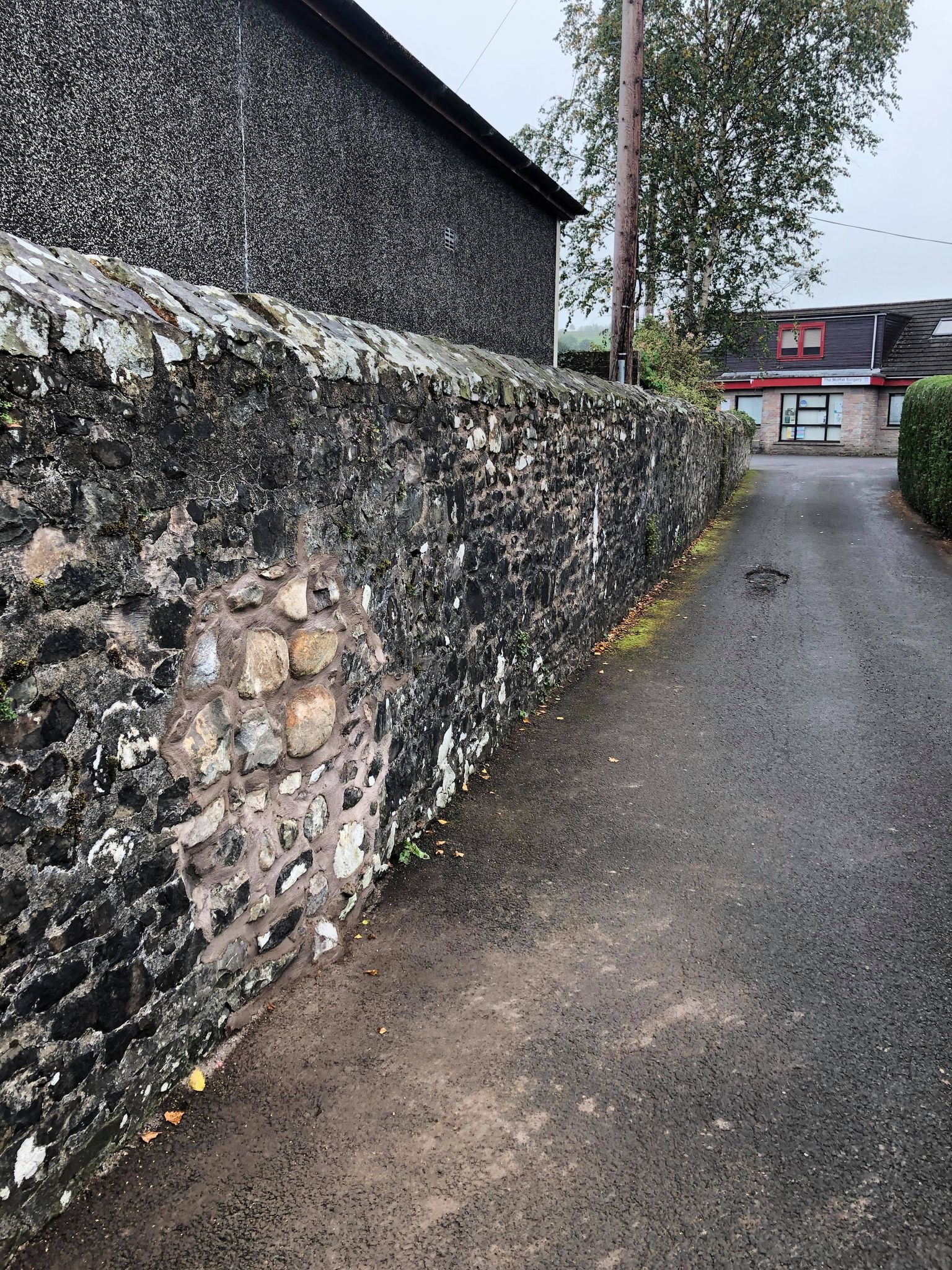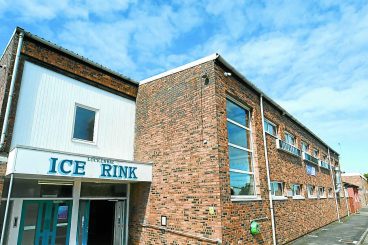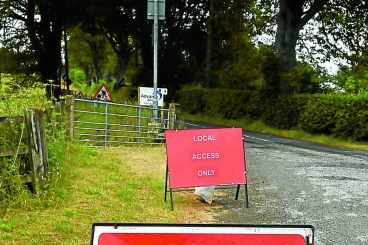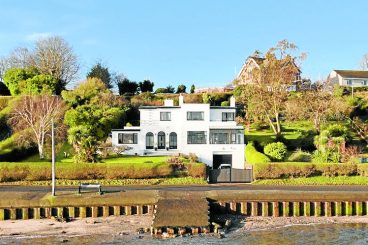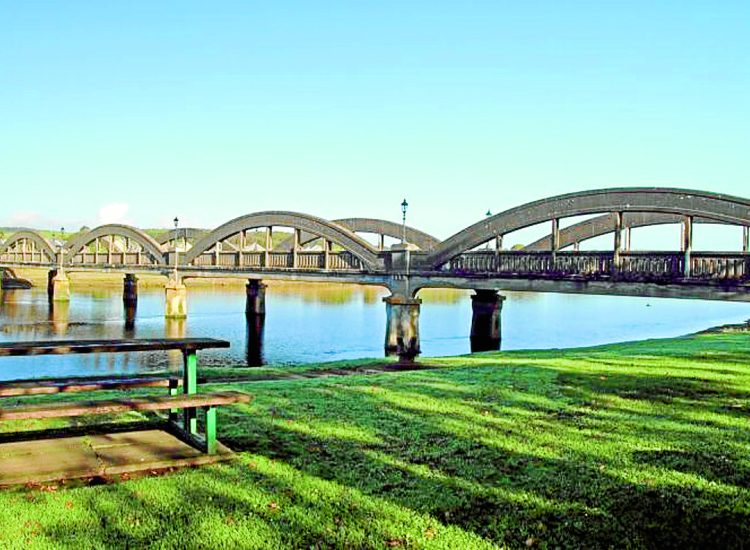REPAIRS to a historic wall in Moffat town centre have been wrongly executed by the council and could lead to greater long-term damage, it has been warned.
Earlier this month Moffat Heritage Trust chair Niamh Ní Shúilleabháin said the wall running along Westpark – which forms part of the B-listed town hall’s curtilage – was an “accident waiting to happen”.
The wall was built around 190 years ago, but recently rocks dislodging and falling onto the single track road sparked fears of further collapse and led Niamh to email the council urging it to carry out repairs.
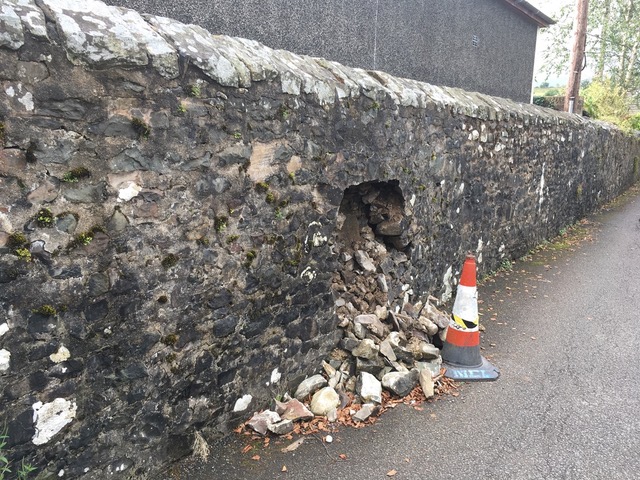
In her email, Niamh stressed that the fractured section of the structure should be rebuilt using lime mortar mix – the traditional building material used in 1827 for the wall’s construction – rather than cement, which Niamh said had been used for previous repairs on the wall and caused it to crumble in the first place.
Furthermore, she directed the council to a series of videos made by the Trust in June giving a step-by-step guide on how to mix and use lime mortar.
Last week Dumfries and Galloway Council said its building control department had inspected the wall and instructed property and architectural services to make repairs “as soon as possible”.
It said enquiries to determine who owns the land the structure sits on are ongoing, adding: “The council are going to make good in the meantime.”
However, a local resident reported being told by the subcontractors brought in by the local authority they had used cement for the job.
And Niamh said this week she was frustrated to learn that the council have ignored her advice.
She added that although the structure will be temporarily safer, the cement “will have created more problems for the wall in future”.
She said: “Using cement to re-build that section will accelerate the rest of the wall’s deterioration because the sections on either side of it will now get weaker due to the build up of moisture within the lime mortared wall unable to escape because of the cement pointing – a domino effect of problems.
“It’s such a shame because we at Moffat Heritage Trust passed these videos on to the council who confirmed they would be passed to the repair team.”
Explaining why using the traditional mix is so crucial when rebuilding historic structures, she said: “Cement is non breathable. Lime mortar will absorb rain but the action of wind and sun draw out this moisture from the pointing and core of the wall by evaporating it into the atmosphere because it is breathable.
“When a lime built traditional stone wall is re-pointed with cement moisture within the wall can no longer escape and then bulges appear over time where the wall is swelling behind the non-breathable cement pointing.
“Thousands of hairline cracks will appear all round the bond between stone and cement and by this means water gets into the core of the structure which cannot get back out, hence swelling of the traditional structure begins. Therefore it is not only detrimental, but counter productive to use cement when pointing a traditionally built (stone) historic structure.”
Niamh added that the council’s decision to disregard the Trust’s advice is a “huge opportunity lost in not doing the right thing and setting the standards for all local historic building repairs and maintenance henceforth”.
Dumfries and Galloway Council was approached for comment.





